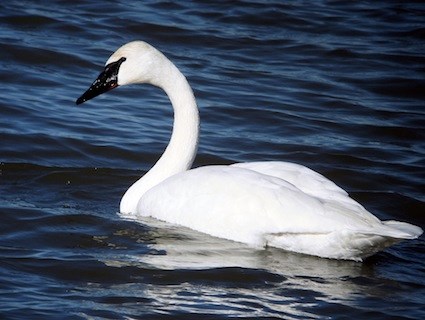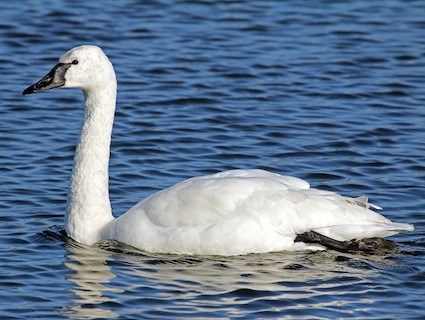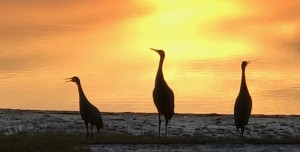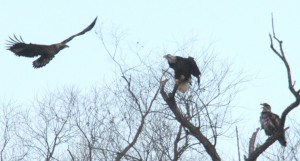Bellevue State Park Butterfly Sanctuary
Bellevue State Park, near Bellevue, Iowa, just south of Dubuque, is located atop a 300-foot high limestone bluff with panoramic views of the Mississippi River valley and Lock & Dam 12. It also shelters the largest Butterfly Garden in Iowa.
The Garden Sanctuary for Butterflies near the South Bluff Nature Center in the Nelson Unit contains a variety of interesting displays on the plants, animals and geology of Bellevue State Park.
. This unique area contains over one hundred separate plots, each featuring plants which provide food and habitat for butterflies. A network of pathways allows visitors to walk through the garden and see a wide variety of butterflies as well as enjoy the beautiful array of flowers and the pond in the center. For more information visit the website at Butterfly Garden.

According to the Iowa Department of Natural Resources, butterflies found in Iowa are either in the process of migration or are completing one of the various stages of their life cycle. Approximately 60 species of butterfly can be expected to make their appearance at the Butterfly Garden each year. Host plants for butterflies include wild aster, ragweed, goldenrod, lamb’s-quarters, daisy fleabane, milkweed, cottonwoods, wild cherry, hackberry and willows.




 During our brief early February “summer” our Mississippi River big birds made their move to the North.
During our brief early February “summer” our Mississippi River big birds made their move to the North.
 ort from Clements Fishing Barge: “November 3rd: Fishing has been pretty good for walleye and sauger. White bass are done and the perch scarce. Most fish are coming in on minnows or hair jigs. Guys are still using 1 oz jigs, water is still higher than normal, but fish are in.”
ort from Clements Fishing Barge: “November 3rd: Fishing has been pretty good for walleye and sauger. White bass are done and the perch scarce. Most fish are coming in on minnows or hair jigs. Guys are still using 1 oz jigs, water is still higher than normal, but fish are in.”